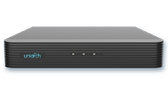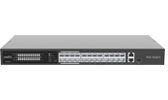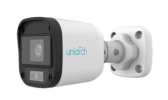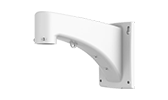
When it comes to securing your home or business, investing in a reliable security camera system is paramount. Among the various types available, bullet cameras, dome cameras, and PTZ cameras are popular choices for both indoor and outdoor surveillance. Let's explore what each camera type offers and their advantages in home and business monitoring.
What is a Bullet Camera?
A bullet camera resembles the shape of a rifle bullet, with a compact and cylindrical design ranging from 2 to 8 inches in length. Some smaller variants are even referred to as lipstick cameras. These cameras come equipped with a fixed or variable focal length lens, making them ideal for specific monitoring areas.
Major Benefits of Bullet Cameras:
Cost-effective option, perfect for budget-conscious homeowners.
Easily visible, serving as a deterrent to potential intruders.
Simple and quick to install, often providing a plug-and-play setup.
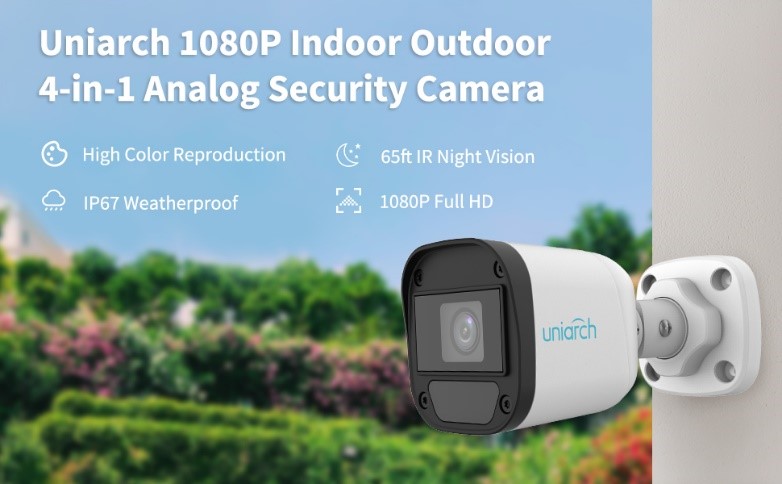
What is a PTZ Camera?
PTZ cameras, also known as pan-tilt-zoom cameras, are a specialized type of speed dome camera with remote directional and zoom control. These cameras can pan horizontally, tilt vertically, and zoom in and out, offering a comprehensive range of monitoring options. PTZ dome cameras are larger in size and are often used for outdoor surveillance with super high resolution.
Major Advantages of PTZ Cameras:
Provide a 360° pan and a tilt range of 0° to 90°, offering a wider field of view.
Optical zoom capability enables clear viewing of distant objects.
Captures high-quality images, making them ideal for critical surveillance applications.
Differences between Bullet, Dome, and PTZ Security Cameras:
Location:
Bullet cameras are commonly used outdoors for front doors, backyards, and windows.
Dome cameras are more versatile and can be used indoors or outdoors, especially in vandal-prone areas.
PTZ cameras are typically placed outdoors or in large indoor spaces that require extensive coverage.
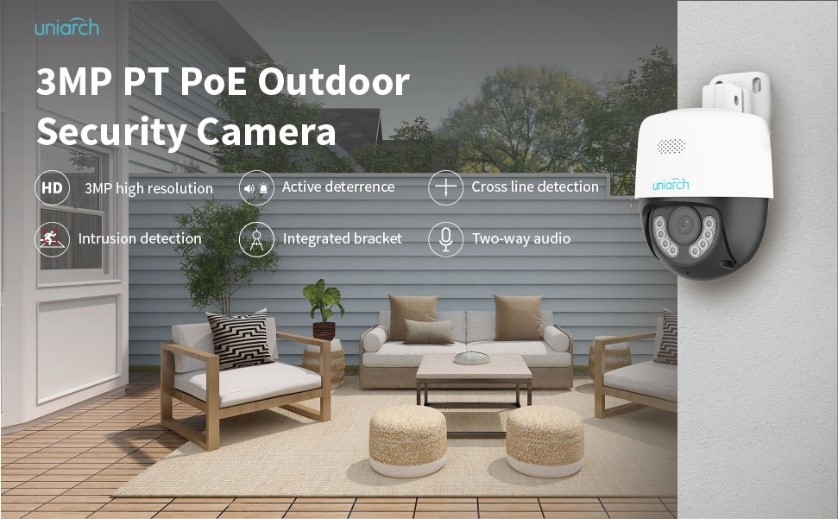
Field of View (FOV):
PTZ cameras have the largest viewing range due to their 360° pan and tilt capabilities.
Both bullet and dome cameras typically have a fixed FOV of about 70° to 100°.
Camera Visibility:
Bullet cameras are the most visible and can serve as a deterrent to potential intruders.
Dome cameras are less conspicuous and blend well with their surroundings, making them ideal for discreet monitoring.
PTZ cameras are usually placed high and out of reach or notice, providing extensive coverage without drawing attention.
Night Vision:
PTZ cameras often have longer night vision ranges, reaching up to 190ft or more.
Both bullet and dome cameras generally have night vision ranges of about 100ft.
In Conclusion:
Choosing the right security camera type depends on your specific needs and preferences. Bullet cameras are cost-effective and easily visible, while dome cameras offer a lower-profile and vandal-resistant option. PTZ cameras provide extensive coverage and advanced features for critical surveillance. By understanding the differences between these camera types, you can make an informed decision to enhance the security of your home or business.

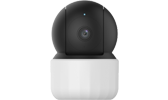
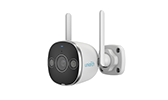
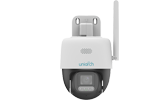
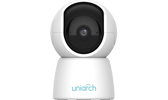
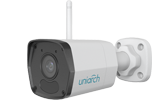
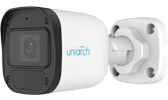
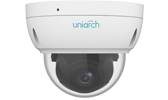
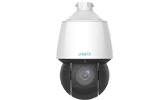
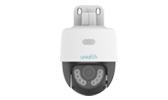
_973863_575359_0.png)
